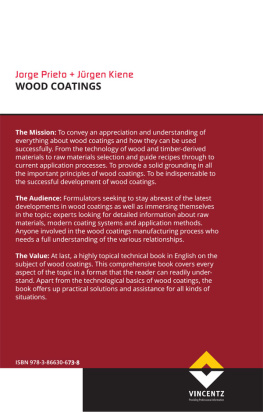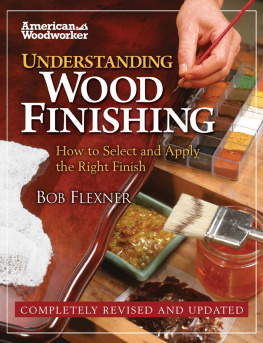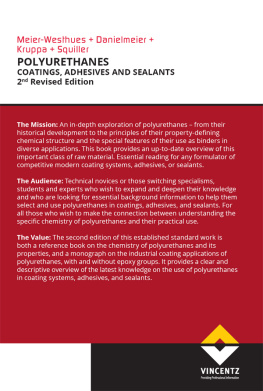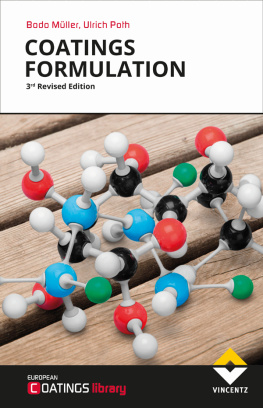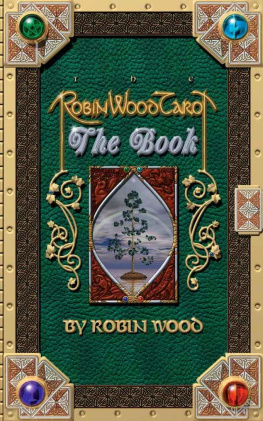Cover: Aaron Kohr, AdobeStock
Bibliographische Information der Deutschen Bibliothek
Die Deutsche Bibliothek verzeichnet diese Publikatiosn in der Deutschen Nationalbibliographie; detaillierte bibliographische Daten sind im Internet ber http://dnb.ddb.de abrufbar
Prieto, Jorge and Kiene, Jrgen:
Wood Coatings: Chemistry and Practice
Hanover: Vincentz Network 2018
European Coatings Library
ISBN 3-86630-673-8
E-Book-ISBN 978-3-86630-673-8
2018 Vincentz Network GmbH & Co. KG, Hanover
Vincentz Network, Plathnerstr. 4c, 30175 Hanover, Germany
T +49 511 9910-033, F +49 511 9910-029,
This work is copyrighted, including the individual contributions and figures. Any usage outside the strict limits of copyright law without the consent of the publisher is prohibited and punishable by law. This especially pertains to reproduction, translation, microfilming and the storage and processing in electronic systems.
Discover further books from European Coatings Library at:
www.european-coatings.com/shop
Layout: Danielsen Mediendesign, Hanover, Germany
E-Book-Production: readbox publishing, Dortmund, www.readbox.net
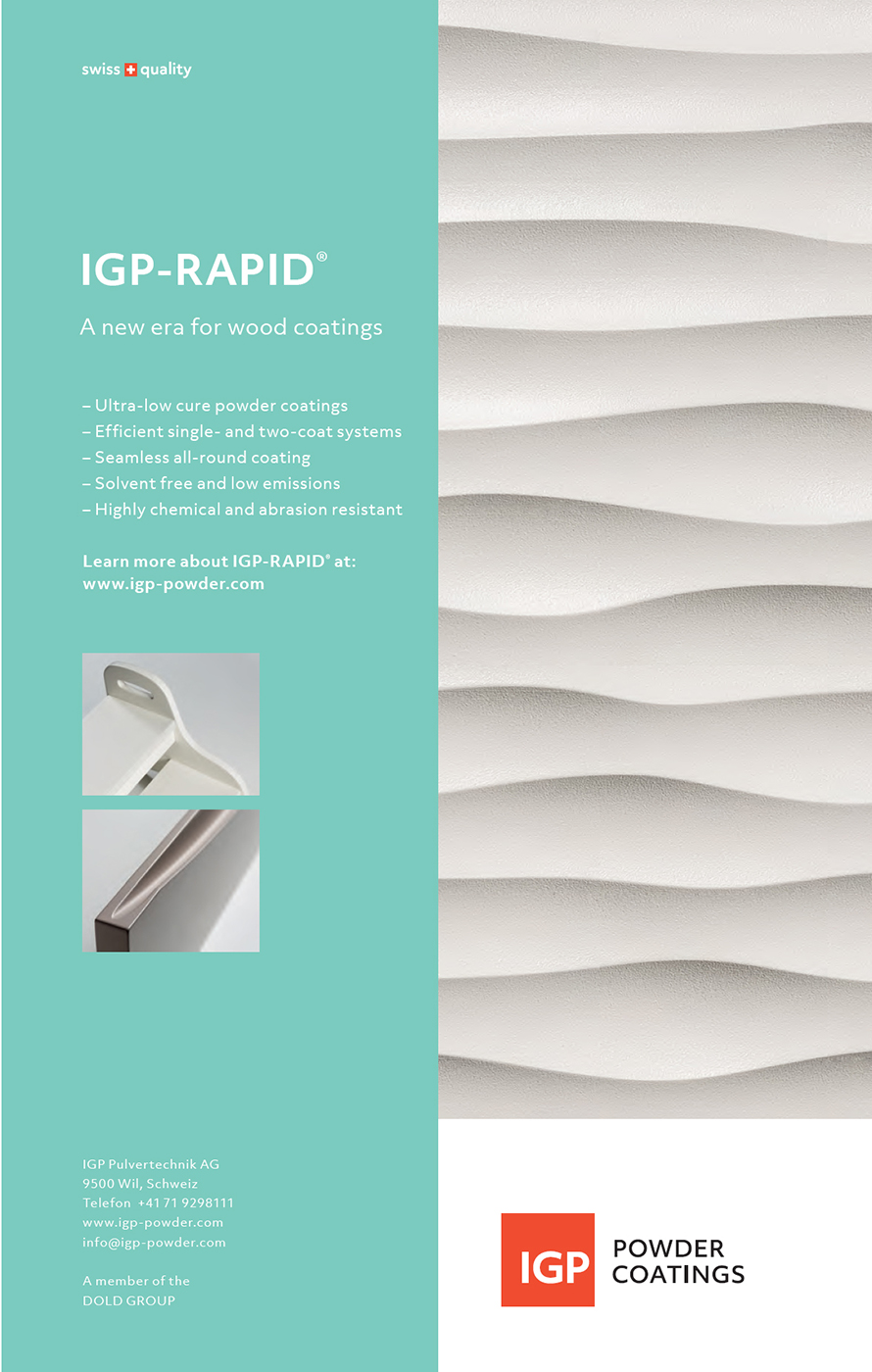
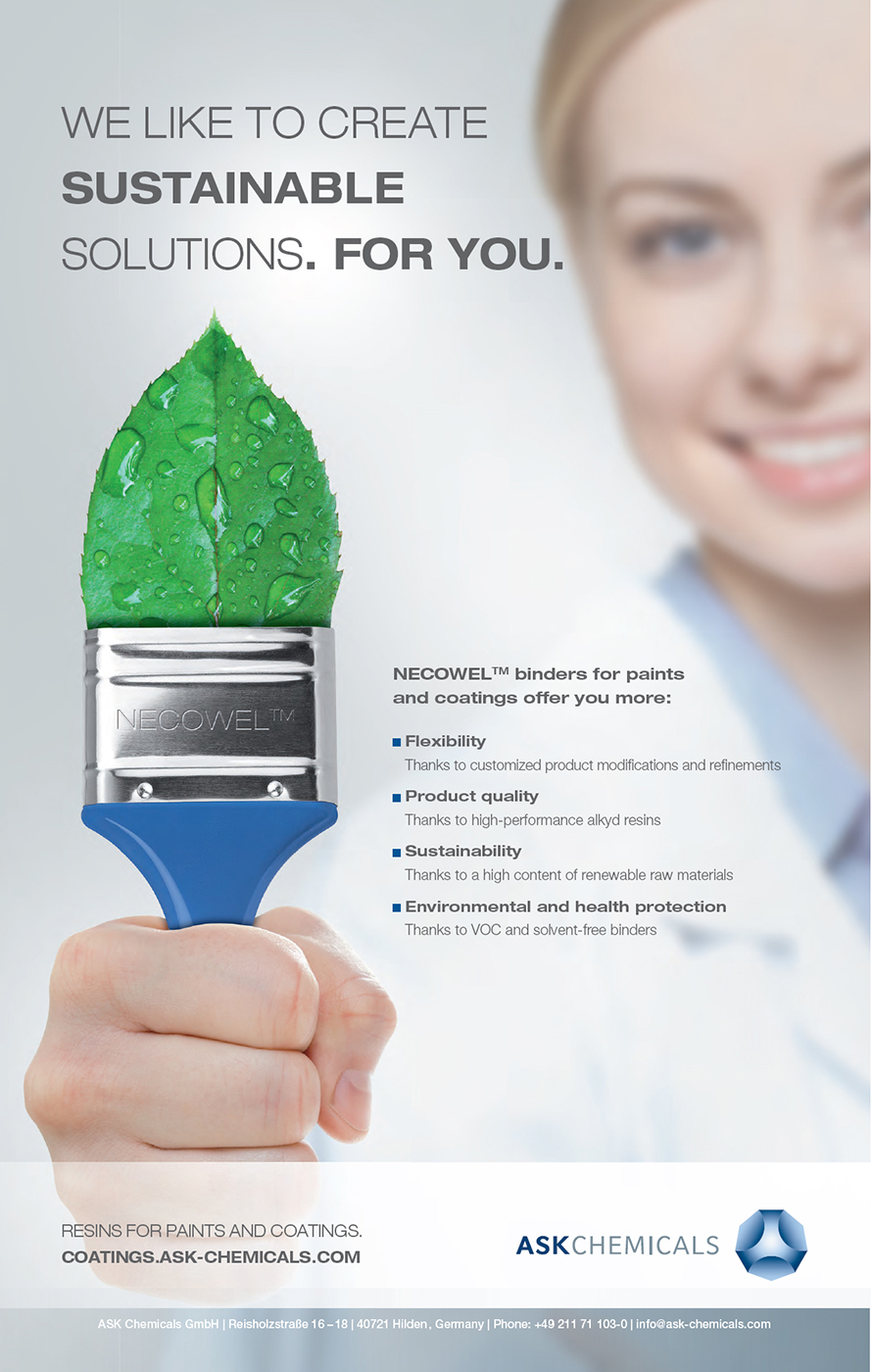
European Coatings Library
Jorge Prieto
Jrgen Kiene
Wood Coatings
Chemistry and Practice
Translated by Harald-Bernd Schwarz
Foreword
This compact standard reference for the interior and exterior coating of wood and wood-based materials as well as for the decor finish foil coating mainly focuses on the industrial wood coating systems and their coating processes. The significance of the coating of wood and wood-based materials is demonstrated by market data, coating technologies and processes.
10 years after the first edition in German, some trends in the industrial wood coatings are emerging. The implementation of REACH and the VOC Directive has made a significant impact on commodities markets. The processes have become more and more effective. Above all, companies with a corporate structure have profited from this.
The next ten years will also remain exciting. In Germany, the Federal Government wants to initiate the so-called 4th Industrial Revolution with the program 4.0. The industrial production shall be integrated with the modern information and communication technology. Similar developments can also be seen in other countries. In general, the global trend is also evident to apply more environmentally friendly and more efficient coating procedures.
The book gets started with a brief historical overview of wood coatings as well as with an introduction to the technology of wood and wood-based materials. In addition to the classic solvent-borne wood coatings, the modern UV-curing systems and water-borne coating systems as far as powder coatings predominantly are explained with all their advantages and disadvantages. The guide formulations and current procedures for the coating of wood and wood-based materials are depicted in detail. The current window coatings are evaluated on their properties and their applications. The coating of paper foils and their market significance are discussed. Eco-efficient procedures of applications such as Vacumat coating, rolling, printing and recovery of coatings are dealt with. The book is rounded off with statements to current trends in the industrial coating of wood and wood-based materials. The practical relevance of this book provides the reader with practical solutions and support for many unanswered questions. By virtue of this highly-complex subject-matter, the authors make no claim to completeness.
This book is aimed at all professionals dealing with the production and coating of wood and wood-based materials: A comprehensive overview on the chemistry and technology of wood coating systems are given to vocational school students, university students, engineers, machine manufacturers, manufacturer of raw materials, coatings, windows, furniture, parquets and doors. A comprehensive reference list is provided to the interested reader in each chapter.
On this occasion the authors would like to thank all the employees and colleagues who contributed to the implementation of the book by means of suggestions, provisions of bibliography and joyous discussions. We would like to thank Ulrich Dsor, Rico Emmler, Christiane Swaboda, Mario Beyer, Marcel Prieto, Lars Passauer and Kurt Plger. Our thanks also go to the co-authors whom we have been able to motivate for this project.
Our special thanks go to our families who not only had to dispense with us on many weekends but have always spurred us on to complete this great project especially in difficult phases.
Senden and Dusseldorf, Germany, January 2018
Jorge Prieto and Jrgen Kiene
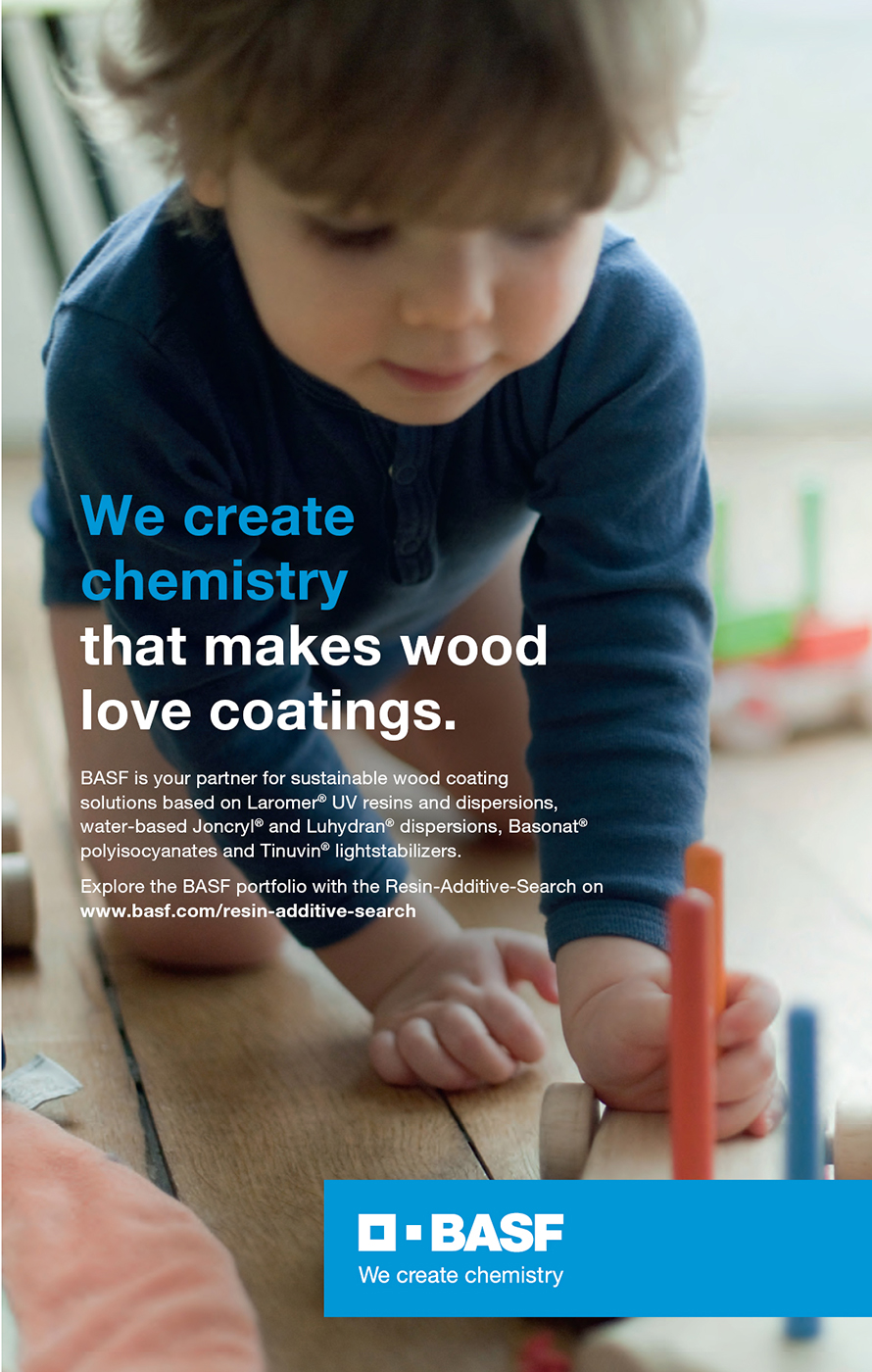
Contents
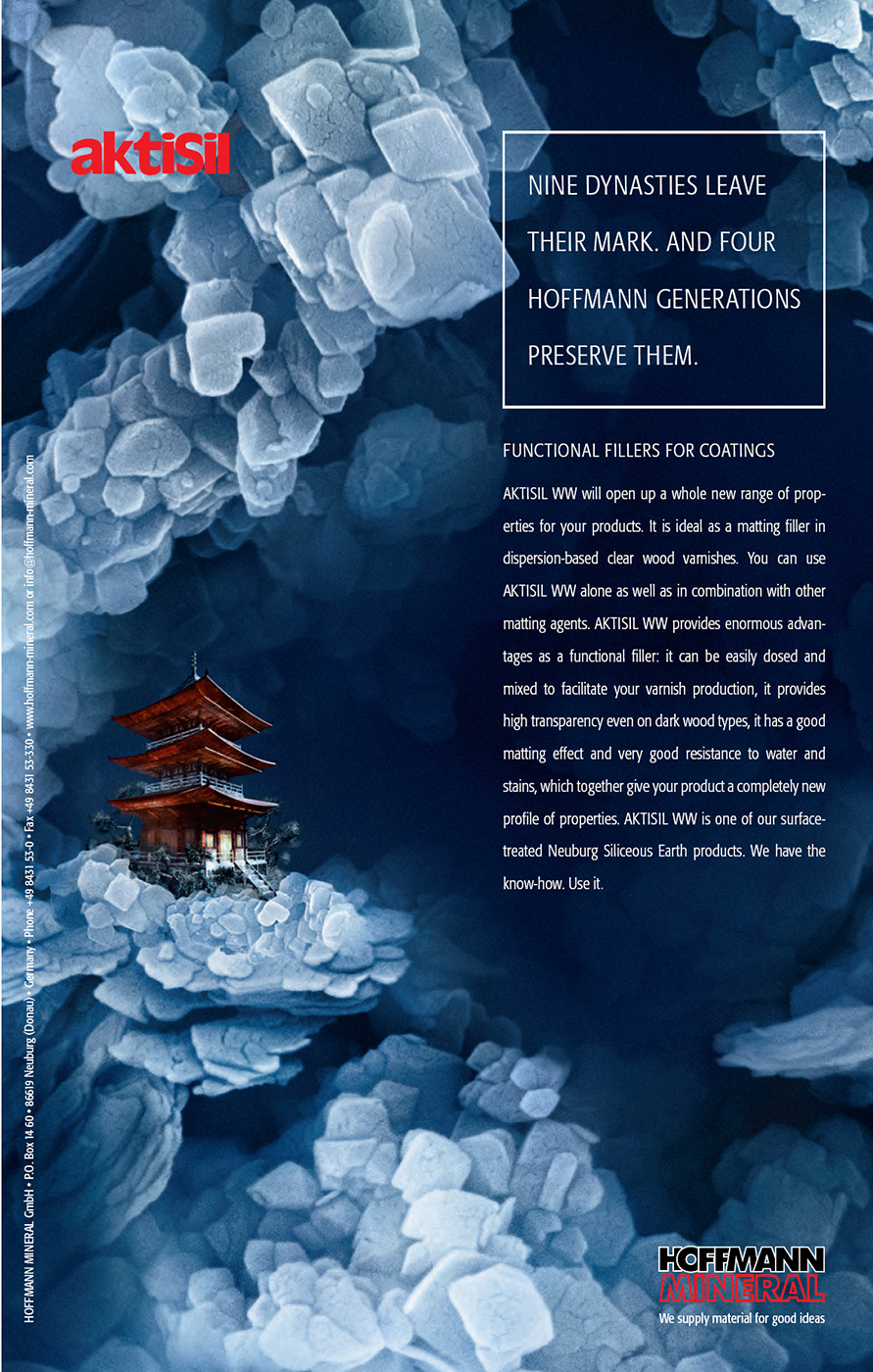
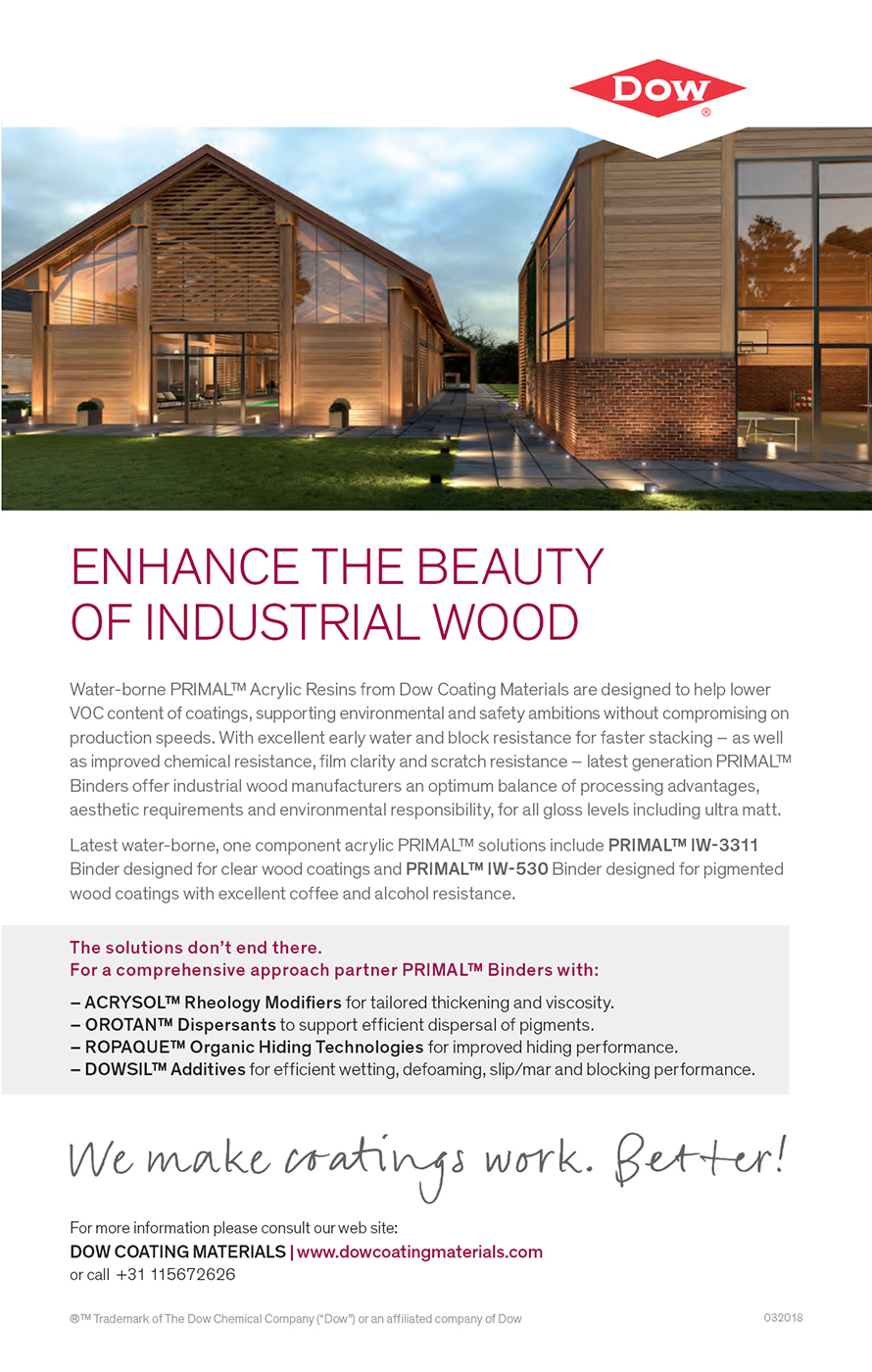
Introduction
The coating technology of wood surfaces significantly has changed over the last 50 years. The need to streamline and to automate processes in order to remain competitive has contributed to new wood-based materials and coating technologies. Driven by the high costs of production in Western Europe, many well-known manufacturers of furniture and wood-based materials have developed new productions in Eastern Europe about 30 years ago. The pioneer was Ingvar Kamprad, the founder of the now worlds largest furniture dealer IKEA which engaged the first suppliers for furniture manufacturing in Poland already in the year 1961. The purpose of his life is to offer a wide range of well-designed and functional home furnishing products at prices so low that as many people as possible are able to afford the furnishing products. This idea and the emergence of a new consumer group, the so-called smart shopper with a vagrant buying behaviour between Aldi and champagne, has revolutionized the world of furniture in the manufacturing process as well as in the sale. The social trend to an increased mobility of people has led to a shorter life cycle of furniture than those in the last century. In addition, todays furniture must be compatible to removals and flexible in use within the living environment. If one compares the range of furniture products from renowned furniture manufacturers with each other, a design crystallized out which focuses on lean material thicknesses on the one hand and on very thick top-quality materials on the other hand, or combines these with high contrast. These trends are reflected in the increased use of so-called lightweight panels such as board-on-frame (BoF) constructions. The lightweight panels provide the resource-efficient handling of wood as a raw material, because less material is used. Thus, the production costs are reduced drastically. The lower weight of such plates also leads to savings in transportation. Unfortunately, such wood-based materials are developed without the involvement of coating manufacturers. In retrospect, it often becomes apparent that such materials need new modified coating systems and procedures. Also, the switch of pressing processes (switch from hot to cold pressing) in the production of wood-based panels has a significant influence on the coating properties of the carrier material.
Next page
